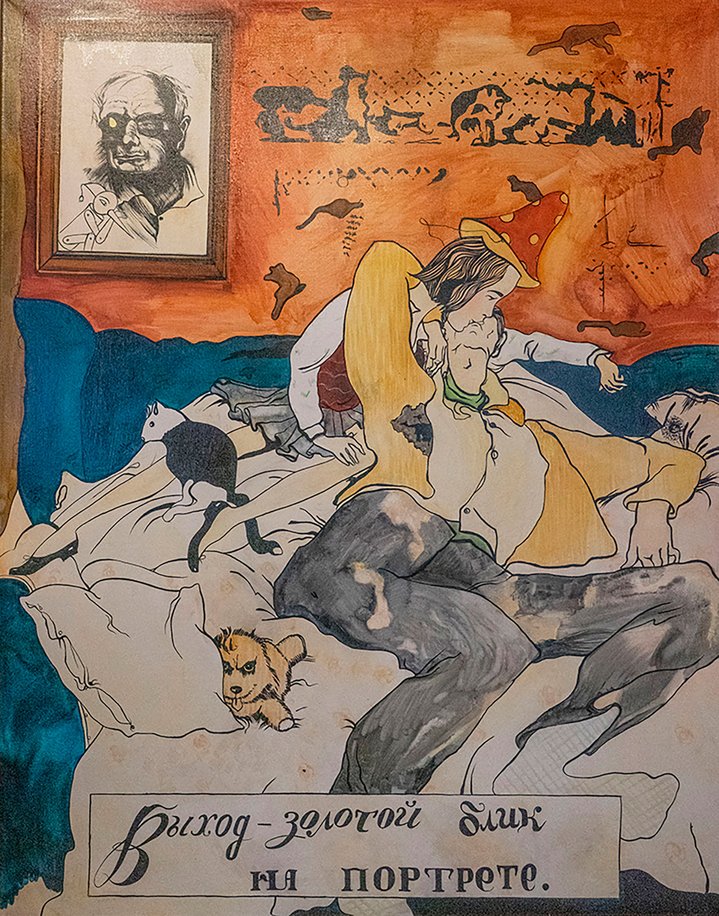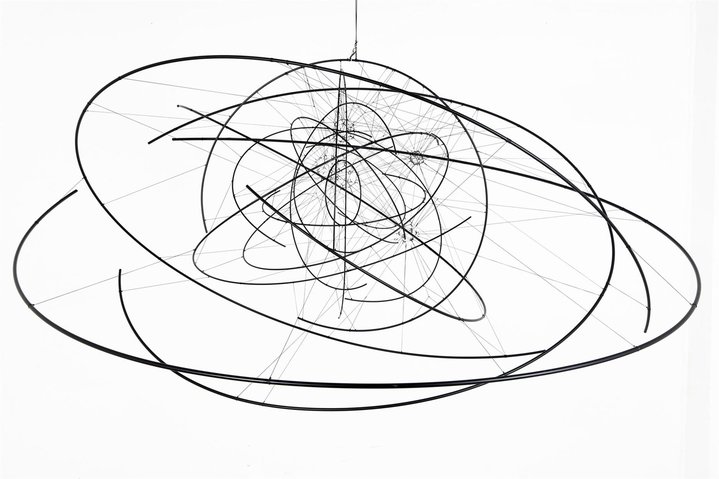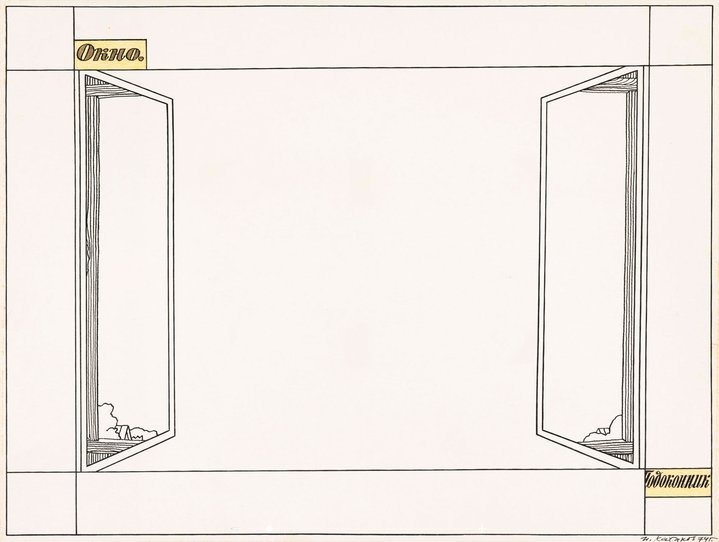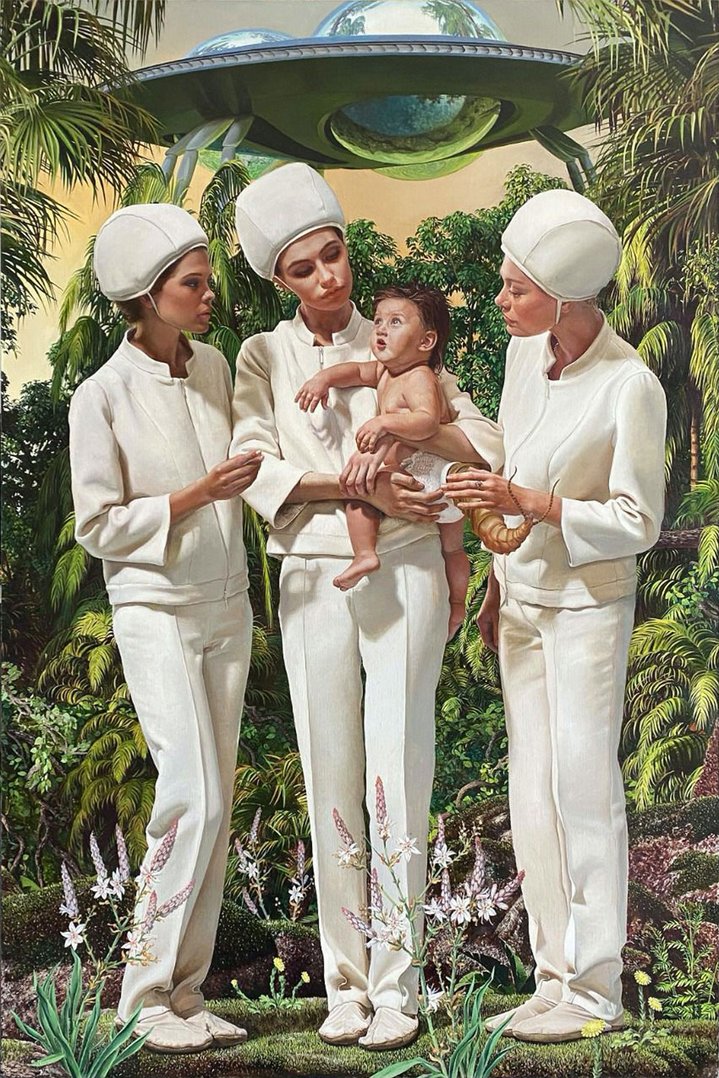Vera and Alexei Priyma: overnight collectors
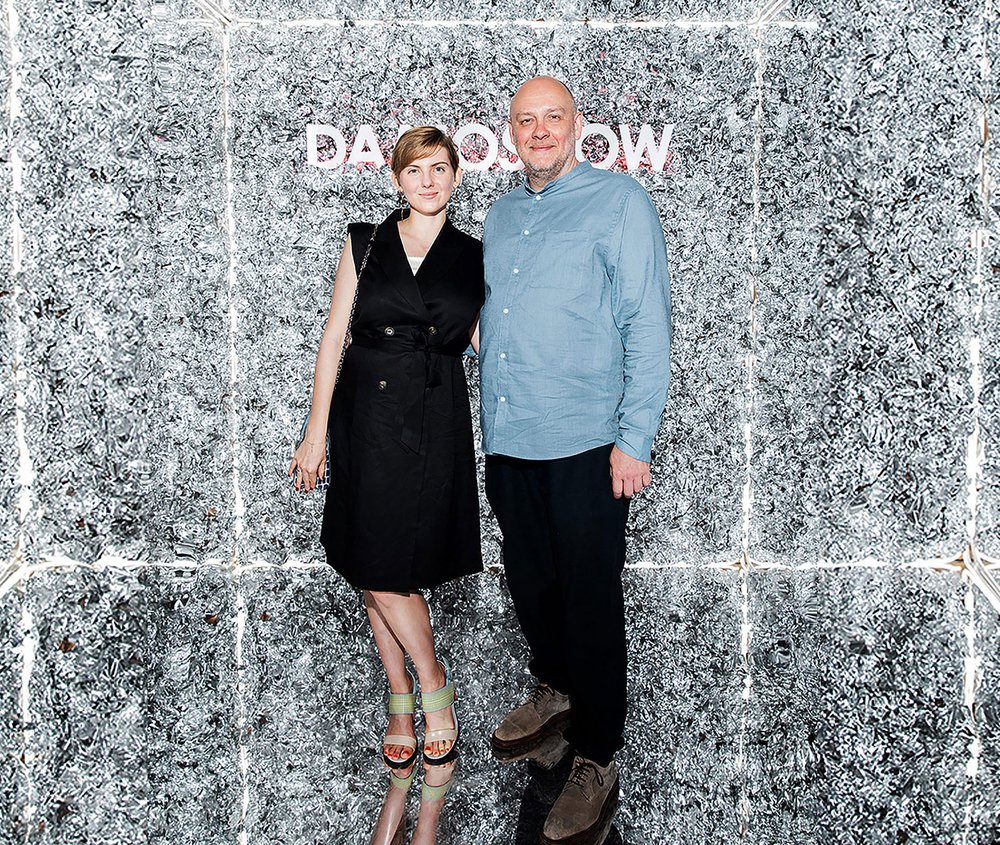
An enthusiastic Moscow couple has managed to amass an impressive collection of Russian contemporary art in just three years. And they are showing no signs of stopping.
When I enter the Priymas’ maisonette in an elegant 19th century house in central Moscow, their passion for collecting is visible even from the very first glance. All around, you can see stacks of paintings still sitting in cardboard packaging, many with auction house stickers. In fact, this is just the tip of the iceberg, the couple’s collection is spread over their three homes – apartments in Moscow and St. Petersburg and a house on Menorca and they are already running out of space. “I dream of an open storage, where I can see everything that we have and would be able to show it to visitors and curators,” says Vera, who was recently appointed a deputy director of special projects at the Multimedia Art Museum in Moscow.
Currnetly, they own about 2,000 works in various media, including many graphic pieces bought via Facebook groups such as Maxim Bokser’s ‘Shar I Krest’ (“The Ball and the Cross”), which flourished during the COVID-19 pandemic. It is hard to believe that all this wealth of art was amassed in just over three years. Back in 2018, Vera was doing her MA in Art Management and went to a sale at Moscow’s Vladey auction house to explore how the business operates. Alexei accompanied her, although, at the time, he was more interested in music than in visual art. He is a successful entrepreneur in the field of electronic component distribution and once owned popular Moscow nightclubs, such as ‘Ikra’ and ‘Duma’. “I did not think I would ever be a collector, I do enjoy art, but I don’t want to own and keep it.” However, when he spotted an abstract painting by Evgeny Rukhin (1943–1976), something just fell into place. “What would you say if we buy it?” he asked his wife. In a few days, they found themselves the new owners of a work by Evgeny Mikhnov-Voitenko (1932–1988), another pioneer of abstract painting in the Post-War Soviet Union and several paintings by St.Petersburg artist Inal Savchenkov (b. 1966). “Within a week, we were head over heels into art collecting,” Alexei recalls.
The couple have since became regulars at Moscow’s galleries and international art fairs. Vera also worked as a director of the new DA!Moscow contemporary art fair. “Our tastes coincide nearly all the time. We have different education and backgrounds, we come from different generations. Art has become our common ground,” Vera says, explaining that their cultural interests used to differ before they started to collect, she was always more into literature and Alexei into music.
Throughout the pandemic year, they have been following auction sales online from their house on Menorca. Many of their auction finds are early works by well-known Russian artists, including non-conformists such as Eduard Steinberg (1937–2012), Mikhail Roginsky (1931–2004) and Vladimir Yankilevsky (1938–2018). “Actually, we often choose works that are not exactly typical for an artist, those that show his or her other side,” Vera explains. “Incredibly, they are often priced at the same level as works by young artists sold on the primary market in galleries,” comments Alexei. He sounds surprised by this paradox of the Russian art market.
Three main directions of their collection have emerged spontaneously, Vera explains. The first chapter is the nonconformists, proponents of USSR’s underground art of 1960s and 1970s. The second is St.Petersburg art of 1980s and 1990s. “We like it for its crazy energy, wild freedom, its air of change and experiment,” she says. In addition to Inal Savchenkov, the couple has acquired works by Andrei Krisanov (1966–2018), Sergei Bugaev-Afrika (b. 1966), Andrei Khlobystin (b. 1961) and others. The third part is young and established artists working today. Among them are stars such as Valery Koshlyakov (b. 1962), AES+F group or Semyon Faibisovich (b. 1949) or younger talents, such as Nizhny Novgorod’s Andrei Olenev (b. 1993) or Moscow’s Ustina Yakovleva (b. 1987). “Their art resonates with our own life, with our feelings and emotions at this very moment.”
The main focus of the Priymas’ collection is Russian art, however, they do not shy away from the international market. They proudly showed me artworks bought in New Delhi at India Art Fair, or at the Riga studio of Latvian artist Mikelis Fisers (b. 1970). The most expensive piece in their collection so far, bought for 100,000 Euros, is a kinetic sculpture by Argentinian artist Tomas Saraceno (b. 1973) that adorns their Menorca house. “We have recently found a new direction for our collection: Russian and international kinetic art,” Vera says. “It’s a new passion, which gained momentum by the amazing Kineticism exhibition at the Tretyakov gallery. It is hard to believe that such wonderful works were created so long ago, in the USSR. It makes you proud of Russian art. We want to go deeper into it.”










